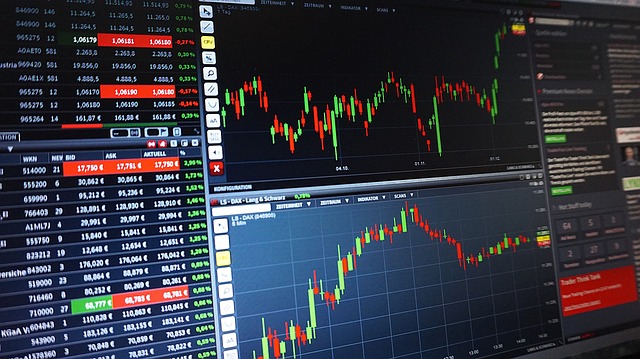Liquidity is a very powerful element that drives the global market. Liquidity providers are part of the vital system connecting and impacting others. Like other elements of the vital system such as central banks, regulators, and financial institutions, liquidity providers work behind closed doors to ensure that trading in financial markets continues to look as easy and seamless as it appears.
Understanding these elements is essential for improvement in your experience, knowledge, and skills molding you into a professional trader who is able to utilize concepts such as order flow, market volume and forex liquidity. For now, our focus is on forex liquidity.
In this detailed publication, we will guide and help you understand the concept of liquidity, the meaning of forex trading, and how liquidity affects forex trading strategies.
Understanding Liquidity in Forex
The foreign exchange (Forex) market is the most active market globally, the latest reports claim that trillions of dollars are traded daily. One reason for this is that more than any other market, forex liquidity permits ease of trade to anyone interested in trading currencies. No wonder the market is most popular among traders.
You might have asked yourself why does forex liquidity matter, if you have, let’s take a few seconds to talk about liquidity in forex. Liquidity in its own sense refers to the ease with which securities can be bought and sold in the market at prices that are quite similar to the true market value. In the forex market, we can define liquidity as the capacity of a currency pair to be bought or sold on demand.
Currencies are classified as either major, minor, or exotic pairs regarding levels of liquidity that differ.
High liquidity
When you trade major currency pairs (like— EUR/GBP, USD/CHF, GBP/USD, AUD/USD, USD/CAD, and USD/JPY), you are trading a highly liquid market which can be bought or sold in substantial sizes without major variances in its exchange rate.
Low liquidity
When you trade minor currency pairs (like— NZD/USD, USD/ZAR, EUR/TRY) or exotic currency pairs (like— PLY/JPY) you are trading a market that is low liquidity and cannot be bought or sold in substantial sizes without major variances in its exchange rate.
Impact of Liquidity on Specific Trading Strategies
Let’s dive deeper into the impact of liquidity on these popular four (4) forex trading strategies.
- Day trading
- Scalping
- Swing trading
- Position trading
We will give a short explanation of each strategy and highlight the impact of liquidity on the four strategies in an easy-to-understand way below.
Day trading
Day trading is a popular forex trading strategy where traders buy and sell over a single day’s trade. In day trading the intention is to profit from short-term movements. Day traders take just one trade and close the trade when the day ends, finishing the day with either a profit or loss.
Day traders rely on technical analysis to day trade in moderate liquid markets, this makes it easy for traders to enter and exit positions.
Scalping
Scalping or scalp trading is characterized by relatively short periods, as short as a few seconds or a few minutes at most between the opening and closing of a trade.
High liquidity is key for scalping as this ensures tight spread and minimizes slippage. Scalp traders want their spreads to be tight as it makes it easier for them to frequently enter the market. Highly liquid pairs have the highest trading volume so they offer the tightest spreads and this is where scalp traders focus on.
Swing trading
Swing trading is a medium-term trading strategy. Forex traders who utilize this strategy attempt to profit from price swings. In swing trading, traders identify a possible trend and hold their position for at least two days to several weeks while they analyze the market when they can. Swing traders adapt their strategies to various liquidity conditions, mostly they have larger targets so spreads have lesser impact on their profit. It is more suitable for swing traders to trade pairs with lower liquidity for larger spreads.
Position trading
Position trading has the longest duration of trading, this trading strategy is similar to what is called “investing”. Position traders hold their position for several months to several years. They ignore short-term price movements and focus on longer-term trends in an attempt to make profits.
Lower liquidity is an advantage to position traders. Exotic pairs for instance are highly volatile, yet they can bring higher yields since these pairs cannot be bought or sold in substantial sizes without major variance in their exchange rate.
Final Thoughts
With this article, we believe you now understand the ways liquidity impacts day trading, scalping, position trading, and swing trading strategies in the forex market.
A bit of advice for forex traders would be for them to keep learning and be ready to adapt to the evolution of liquidity in the forex market. These attributes would contribute to successful forex trading and believe it or not we want you to succeed and we hope you do.







Recent Comments